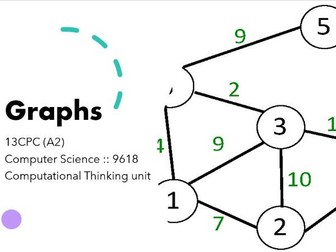Normalising Floating-Point Numbers
A useful resource for guiding students through the process of converting positive and negative denary numbers into floating-point form. Includes step-by-step animations related to the process of normalising the mantissa and calculating the exponet of a floating-point representation.
Designed for the Cambridge A2 Computer Science course.
